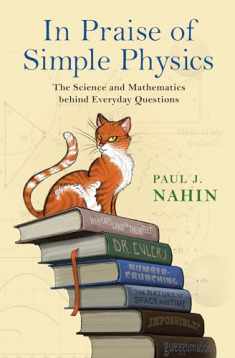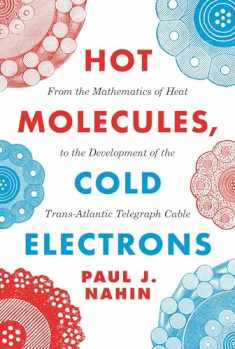
How to Fall Slower Than Gravity: And Other Everyday (and Not So Everyday) Uses of Mathematics and Physical Reasoning
Book details
Summary
Description
An engaging collection of intriguing problems that shows you how to think like a mathematical physicist
Paul Nahin is a master at explaining odd phenomena through straightforward mathematics. In this collection of twenty-six intriguing problems, he explores how mathematical physicists think. Always entertaining, the problems range from ancient catapult conundrums to the puzzling physics of a very peculiar kind of glass called NASTYGLASS―and from dodging trucks to why raindrops fall slower than the rate of gravity. The questions raised may seem impossible to answer at first and may require an unexpected twist in reasoning, but sometimes their solutions are surprisingly simple. Nahin’s goal, however, is always to guide readers―who will need only to have studied advanced high school math and physics―in expanding their mathematical thinking to make sense of the curiosities of the physical world.
The problems are in the first part of the book and the solutions are in the second, so that readers may challenge themselves to solve the questions on their own before looking at the explanations. The problems show how mathematics―including algebra, trigonometry, geometry, and calculus―can be united with physical laws to solve both real and theoretical problems. Historical anecdotes woven throughout the book bring alive the circumstances and people involved in some amazing discoveries and achievements.
More than a puzzle book, this work will immerse you in the delights of scientific history while honing your math skills.


We would LOVE it if you could help us and other readers by reviewing the book
Book review





